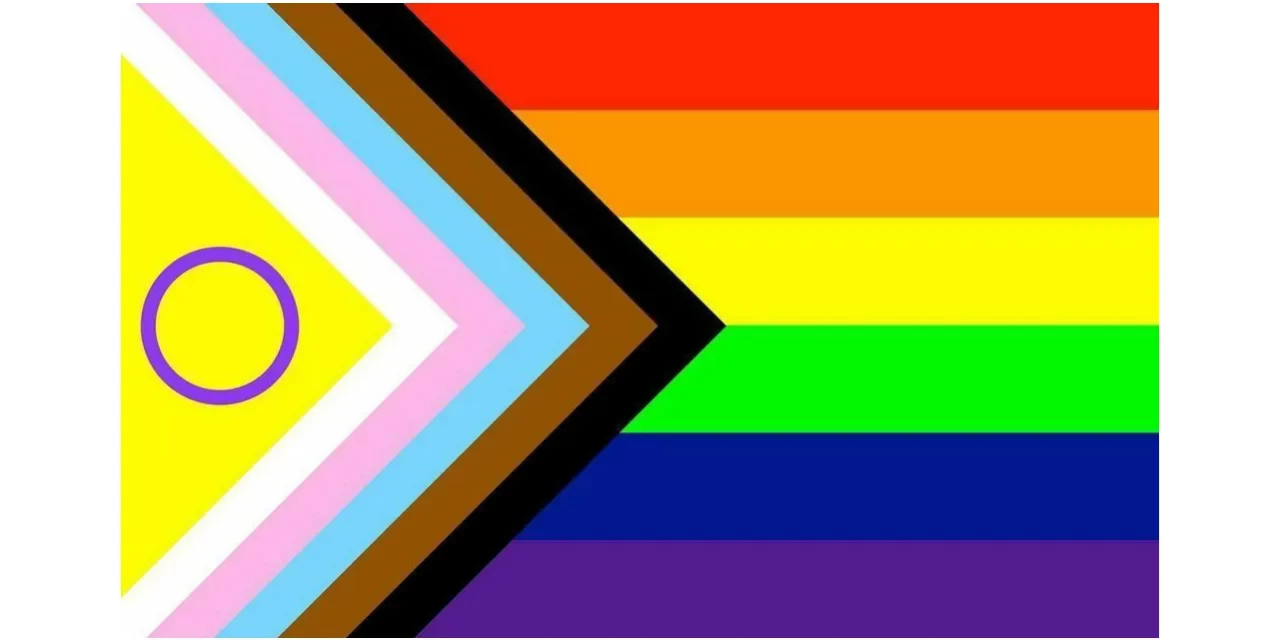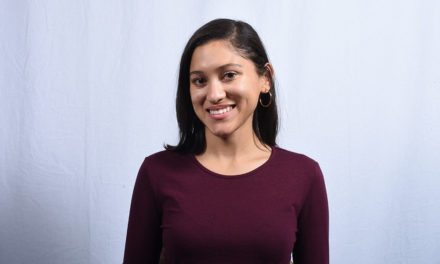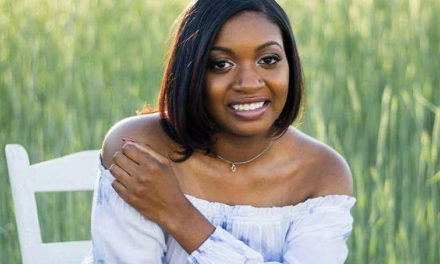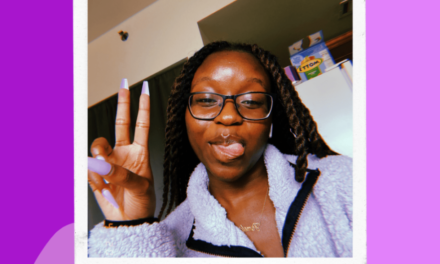It’s sad to say, but heteronormativity has the queer community in a tight chokehold and has yet to let go.
Heteronormativity, as described by the European Institute for Gender Equality, is the idea that heterosexuality is the norm, natural and is preferred in society compared to homosexuality, bisexuality, pansexuality, etc. Within heteronormativity comes gender roles placed onto individuals based on their assigned gender at birth. This still occurs despite us entering a generation where gender is becoming deconstructed and society’s understanding of gender expression is beginning to expand. So, why is heteronormativity still affecting the queer community and queer relationships?
While scrolling on TikTok, I came across a video from one of my favorite creators, ‘vzus’, commonly known as Venus on social media. Venus posts videos about her life within the ballroom community, a subsection of the community that creates a safe space for Black and Latinx queer individuals to express themselves through dance and competitions.
Venus often responds to comments she receives on her videos, which was the type of video I stumbled on. She was responding to a comment regarding someone not understanding how she could be in a relationship with her girlfriend who happens to be a trans-woman. Venus responded to this comment in a nowdeleted video, stating something along the lines of, “It’s almost as if you can’t fathom women dating someone of the same gender, even if they are trans.”
While the gender and sexual orientation of the original commenter is unknown, there were queer individuals in the comment section agreeing and making similar claims. While expected by society, it’s alarming and downright awful that some individuals within the queer community are still unable to let go of the conditioning of heteronormative society. It’s painful to see how closed-minded and limited we are as a community.
Society has come to an understanding that it is somewhat acceptable for women to date other women. However, it seems as though people are still having trouble differentiating between gender expression and sexual orientation. I believe trans people aren’t seeking gender reassignment to escape the gender roles put onto them at birth; instead they are seeking an identity and life that has felt true to them, but not given to them. The idea that trans individuals should not date people of the same assigned gender at birth is harmful rhetoric and sets society back another several decades.
We are in a generation where gender identification doesn’t affect someone’s sexual orientation, as shown by many trans and queer individuals. “Gender identity and sexual orientation are different facets of identity.” The CDC begins. “Everyone has a gender identity and a sexual orientation, but a person’s gender does not determine a person’s sexual orientation.” With more trans creators stating they are dating people of the same gender, and some of their partners being trans themselves, it brings up the question of why the queer community strives to come as close to heteronormativity as we can.
In my opinion, I see this is heavily within homosexual men, with some gay men having a bad habit of putting labels on everything and everyone. They tend to try and assign certain attributes of someone’s personality into a box, which is then often applied in sexual advances. Tops and bottoms are a couple of the many labels that gay men tend to put on one another. Tops usually refer to a more masculine and muscular man, a deeper voice, taller, not “feminine” and more sexually dominant. Bottoms often refer to men who have more “feminine” personalities, a smaller frame and are often more sexually submissive. This is better explained by Evelyn Bauer of Them News Within the “bottom” category are other labels such as twink, which has somehow turned from a harmless insult within the gay community into a condescending slur often used by straight women towards gay men.
Regardless, some queer men claim that these labels are effective. However, they can be destructive to the community, especially to young gay men just entering the community and still trying to figure out what they are themselves. Queer men will create these labels in order to categorize individuals within the community, so that it makes it easier for them to select who they want to romantically or platonically pursue. However, by doing this, they’re creating a metaphorical checklist and checking off boxes of characteristics that commonly appear in men who identify with these labels. This in turn makes it harder for men who don’t check off most, if not all, of the boxes in these list of characteristics and makes it impossible for them to find companionship. You can read more about this on Evolve Treatment.
Subjecting certain body types to specific labels is damaging to the queer community conscious, especially when it seems as if your specific body type isn’t what others are looking for. Labeling gay men with a more “feminine” personality as bottoms/twinks and then neglecting them when it comes to romantic advances just shows the amount of internalized homophobia and femmephobia the gay community continues to exude. Not to mention the level of borderline racism and fatphobia within the community as well, but that’s another conversation for another article. The queer community sometimes makes it harder for individuals to find love in a world where gay people are killed for being loved.
While gay men labeling other gay men in the community based off of characteristics doesn’t directly seem to be contributing to a heteronormative society, it does. You are trying to create a binary in a community that’s whole purpose is to stray away from that. By having labels like twink and top, the queer community puts limitations on who they can love.
While there is a struggle for eradicating heteronormativity within the queer community, there are a lot of efforts being made to highlight different queer relationships on the big screen.
HBO is doing a great job at this, with characters like Leighton Murray from the Sex Lives of College Girls and Monet de Haan from the 2022 reboot of Gossip Girl. Both of these characters are feminine lesbians who are attracted to other feminine lesbians, which is something that I had yet to see on screen.
The lesbian community often falls victim to gender binaries; usually romanticizing femmes being in relationships with studs, more masculine leaning Black women. So, being able to see two lesbian main characters on two different shows and not written to date a “butch” woman who was a breath of fresh air, and reminded me that although we still have a long way to go as a community, we are slowly making progress in the right direction.
Queer relationships should not have to mimic straight relationships. There doesn’t have to always be a feminine figure and a masculine figure within a relationship to make it “normal.” For Christ’s sake, we aren’t “normal.” For our entire lives, we have learned that people like us are descendants of Lucifer and are not normal. That we were not what God intended, and my favorite, “God created Adam and Eve, not Adam and Steve.” So, why do we try so hard to fit into the norm? We should encourage others to open their minds, truly follow their hearts and stop making it a point to limit themselves to who we decide to love.






